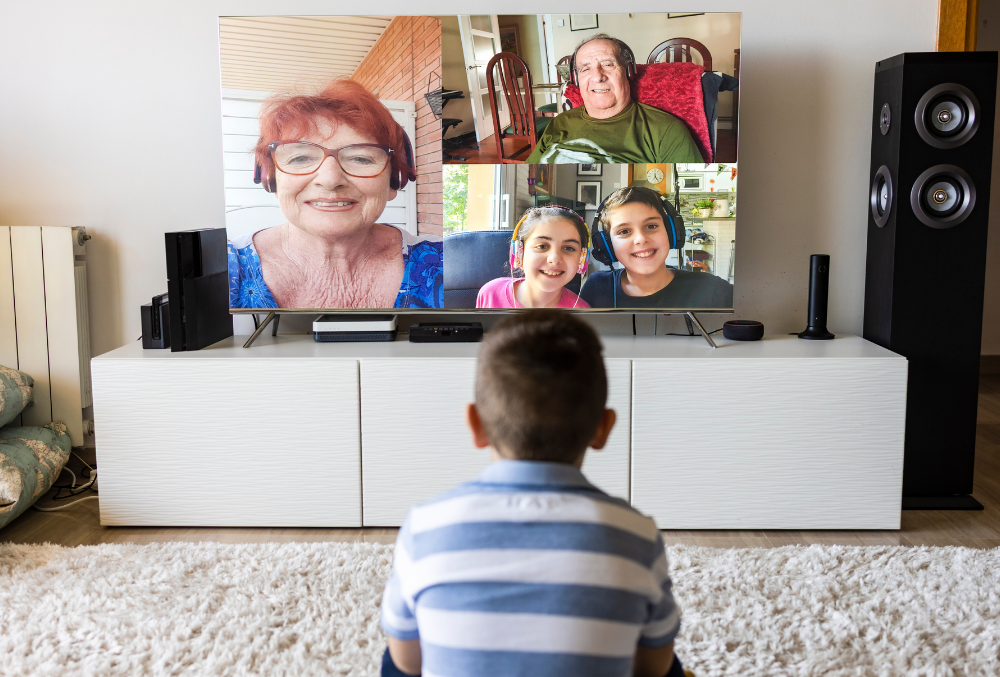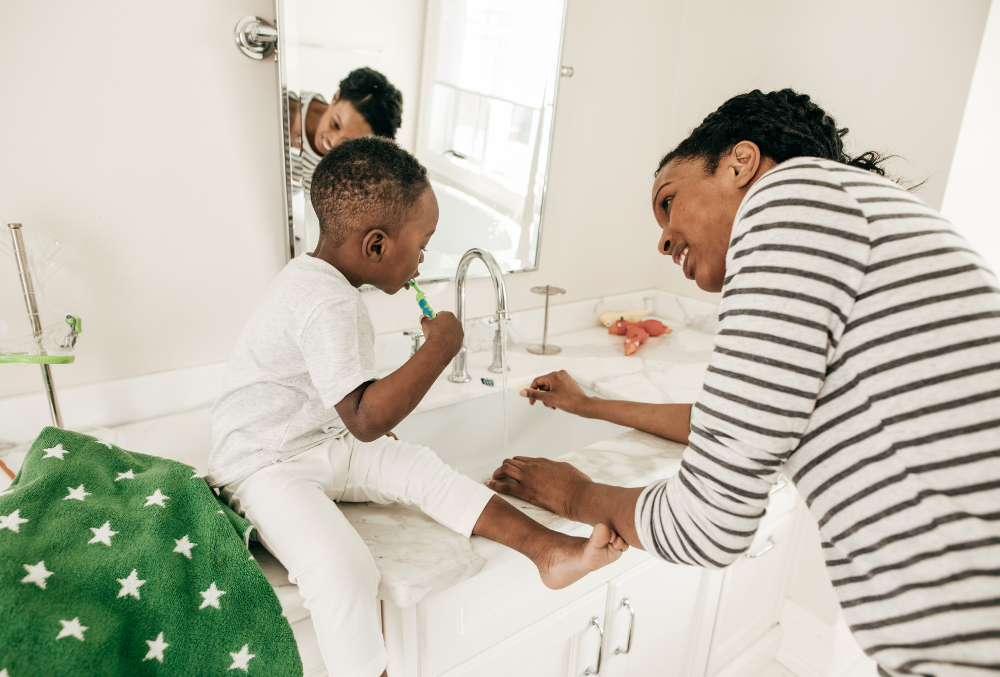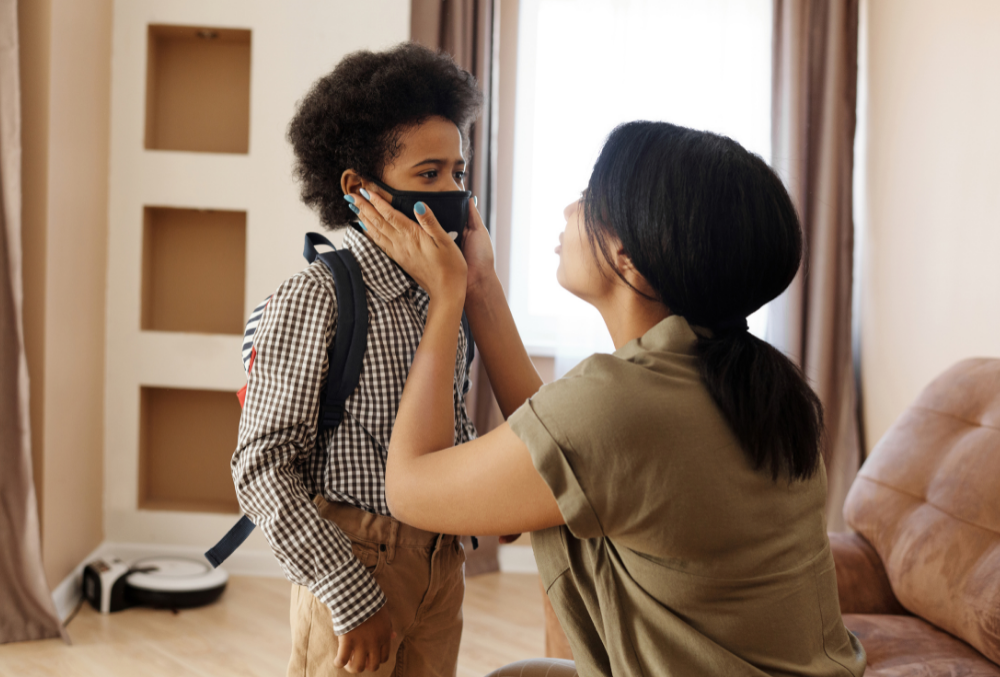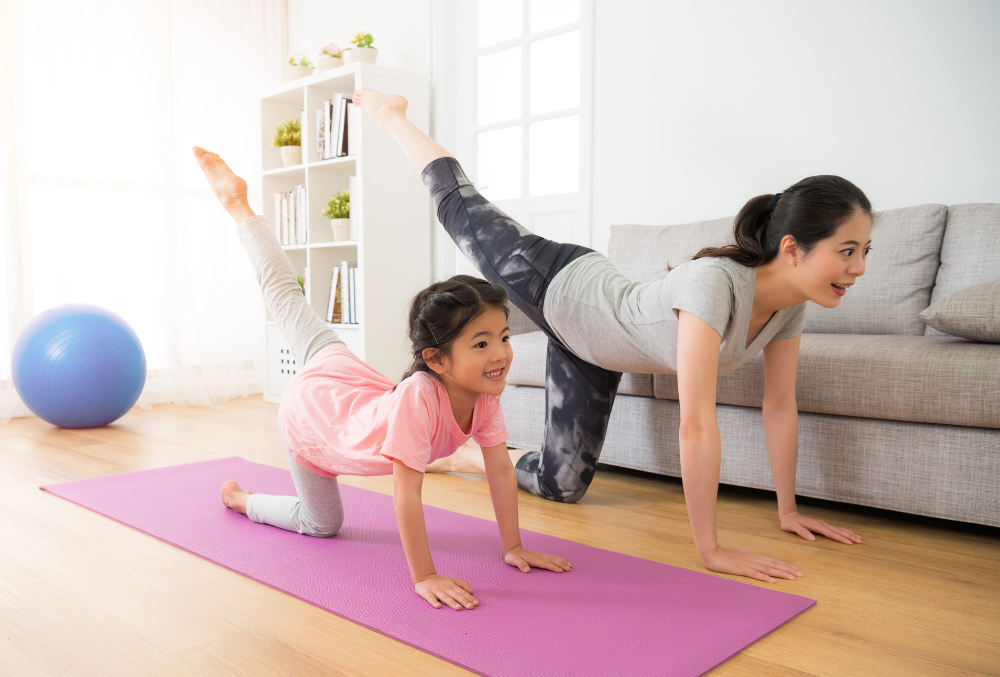
24 May Child Care Tips During COVID-19: How To Navigate The Pandemic With Children
It’s been going on for more than a year, and just about everyone we know is ready to be done with COVID-19.
Cases across the country are falling as our vaccination roll out has been fast and thorough, but there are still some “hot spots,” as the Center For Disease Control (CDC) calls them, in many states. Soon, the virus will be in our nation’s rearview mirror, and that moment can’t come quickly enough.
We get it!
Until then, however, parents and nannies still have to take precautions at home, to be sure that children are safe and not at risk of contracting COVID-19. We’ve got some suggestions for you on that front, easy tips to follow to make your home extra safe and keep the children from exposure to the virus. These ideas are easy to implement (if you haven’t already) and won’t scare the wits out of the little ones.
1. Introduce extra hygiene measures.

As soon as children come home, whether it’s from school or the backyard, be sure they’re washing their hands for at least 20 seconds, per the CDC’s website. Explain why this is so important – not just to keep them free of germs, but that it ensures they don’t bring germs into the house that can, potentially, make others sick. This is particularly important if your children are now having contact with their grandparents and other family members who may be at additional risk for severe outcomes from COVID-19.
2. Explain everything, but don’t over explain.

Some parents have reported that their children are experiencing general anxiety because of the virus. They internalize the concern they see on their parents’ faces, and don’t always know how to process that. The more you explain, in a calm way that answers all their questions, the more reassured they will be that they – and you – are staying safe.
3. Be a good role model!
If you are modeling calm behavior, your children are likely to be calmer, too. Children do what they see, not so much what they are told, right? When you talk about the virus, try to keep your voice down and avoid “the sky is falling” scenarios. Limit media and news exposure; children can’t handle that relentless input of information, particularly if it’s overly emotional or putting out disinformation.
4. Help them connect with family and friends.
Even during the pandemic, children need the bonds of family and their peers to make them feel connected and normal. Perhaps they can’t see their extended family at the moment, but they can chat over social media video platforms. Keep these conversations fairly light; inundating the children with yet more talk about COVID-19 during a family video chat won’t help them feel at ease or relaxed. Try playing a fun home scavenger hunt, everyone can join on in! Make a list of items to find and everyone scurry around the house to find them. First person to bring it back to the screen wins!
5. Get them exercising.

Commit to going on a family bike ride at least once every weekend, if possible. Encourage the kids to take their bikes to school, or walk if it’s only a few blocks away. In the 1950s, children walked as much as two or three miles, each way, to get to school. Today, most children take the bus, or get a ride with a parent or nanny. We aren’t advocating a return to the days of three mile hikes to a classroom! But walking or riding several blocks, if it is age-appropriate, even in inclement weather, is good for them, and beneficial for the planet. Again, you may be surprised at how quickly they get on board with this idea.
6. Plan family activities a little more often.

The pandemic may have tossed the family’s usual routine into chaos; maybe the children can’t have sports practice at school right now, and you may still be working from home. These changes can cause enormous stress on children, particularly if there aren’t enough fun family events to relieve that stress. Schedule a whole day for a backyard barbecue, outdoors games like hide and seek, or a day at a nearby park or at the shore. Take advantage of whatever outdoor facilities are open and available. Make a picnic, take the whole family and spend the day together. Try to avoid COVID-19 talk if you can! It’s important for children to have daily reminders to be happy and fun. In fact, according to CDC guidelines, activities outdoors, socially distanced, carry little risk of contagion.
Chances are, scientists say, it is going to be perhaps eight months or a year before life as we once knew it completely returns. Because of the new variants making their way around the country, it’s possible public health measures will not be totally relaxed until mid-way through 2022.
But the best, safe practices are those you teach the children are the new normal, and that they are no big deal.
In the meantime, child care duties continue unabated, and these measures are easily incorporated into your family’s routine. Set a good example, don’t talk constantly about COVID-19 but be sure to answer any and all their questions, and your children will get through the pandemic with flying colors.If you have questions or concerns about the virus, log on to the CDC website at: http://www.cdc.gov. And check out the websites in your state, county and city. They have plenty of updated information about the public health measures in your local area.